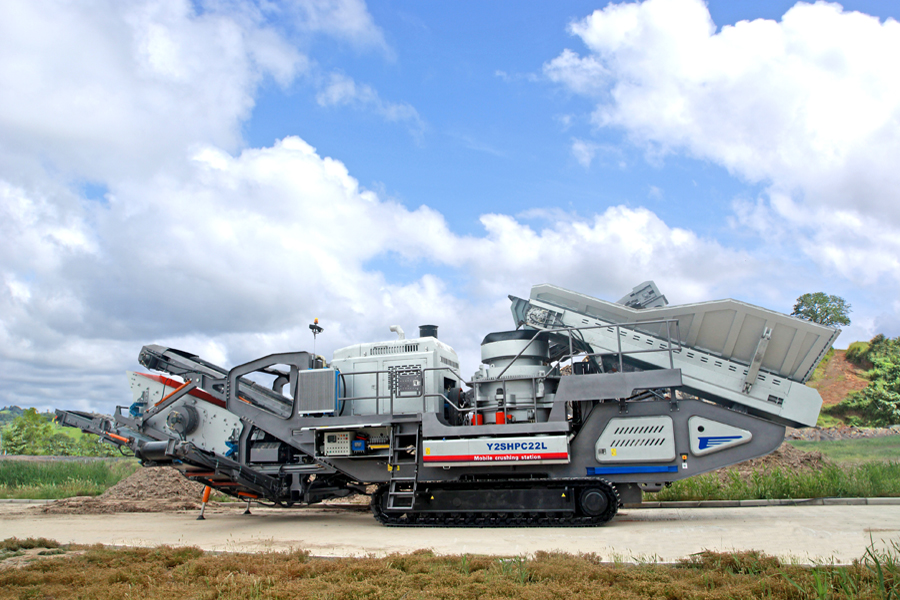# Aggregate Crushing and Screening Systems: A Comprehensive Guide
## Introduction
Aggregate crushing and screening systems are essential components in the construction, mining, and quarrying industries. These systems process raw materials such as rocks, gravel, and sand into usable aggregates for various applications, including road construction, concrete production, and railway ballast.
The efficiency of aggregate production depends on well-designed crushing and screening systems that optimize material flow, reduce energy consumption, and ensure high-quality end products. This article explores the key aspects of aggregate crushing and screening systems, including their components, types of crushers and screens, operational principles, technological advancements, maintenance practices, and environmental considerations.
—
## 1. Components of Aggregate Crushing and Screening Systems
An aggregate processing plant typically consists of several interconnected components:
1.1 Primary Crushing Unit
The primary crusher is the first stage in reducing large rocks into smaller fragments. Common types include:
– Jaw Crushers: Use compressive force to break down materials.
– Gyratory Crushers: Ideal for high-capacity operations.
– Impact Crushers: Suitable for softer materials like limestone.
1.2 Secondary & Tertiary Crushing Units
After primary crushing, secondary crushers (e.g., cone crushers) further reduce material size. Tertiary crushers (e.g., vertical shaft impactors) refine aggregates to meet specific gradation requirements.
1.3 Screening Equipment
Screens separate crushed materials into different sizes using vibrating or static mechanisms:
– Vibrating Screens: Most common; use high-frequency vibrations to classify aggregates.
– Trommel Screens: Rotating drums for wet or sticky materials.
– Static Grizzly Screens: Remove oversized rocks before primary crushing.
1.4 Conveying Systems
Belt conveyors transport material between crushing stages and stockpiles efficiently.
1.5 Control & Automation Systems
Modern plants use PLCs (Programmable Logic Controllers) to monitor operations in real time.
—
## 2. Types of Crushers Used in Aggregate Processing
Different crusher types are selected based on material hardness, required output size, and production capacity:
2.1 Jaw Crushers
– Best for hard rock.
– Fixed or moving jaw exerts pressure to crush material.
– High reduction ratio but limited fine output..jpg)
2.2 Cone Crushers
– Secondary/tertiary crushing.
– Uses a rotating mantle inside a concave bowl.




